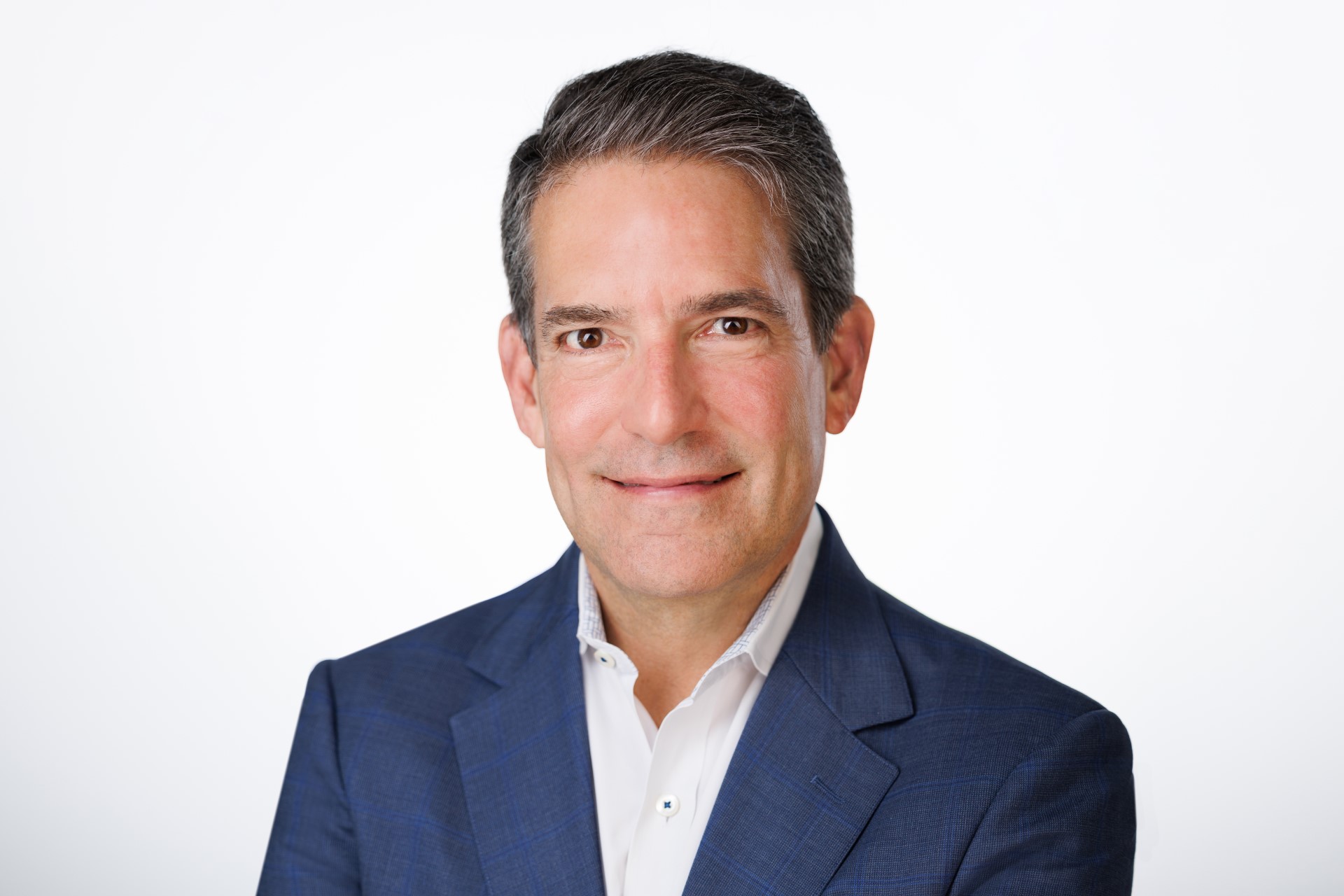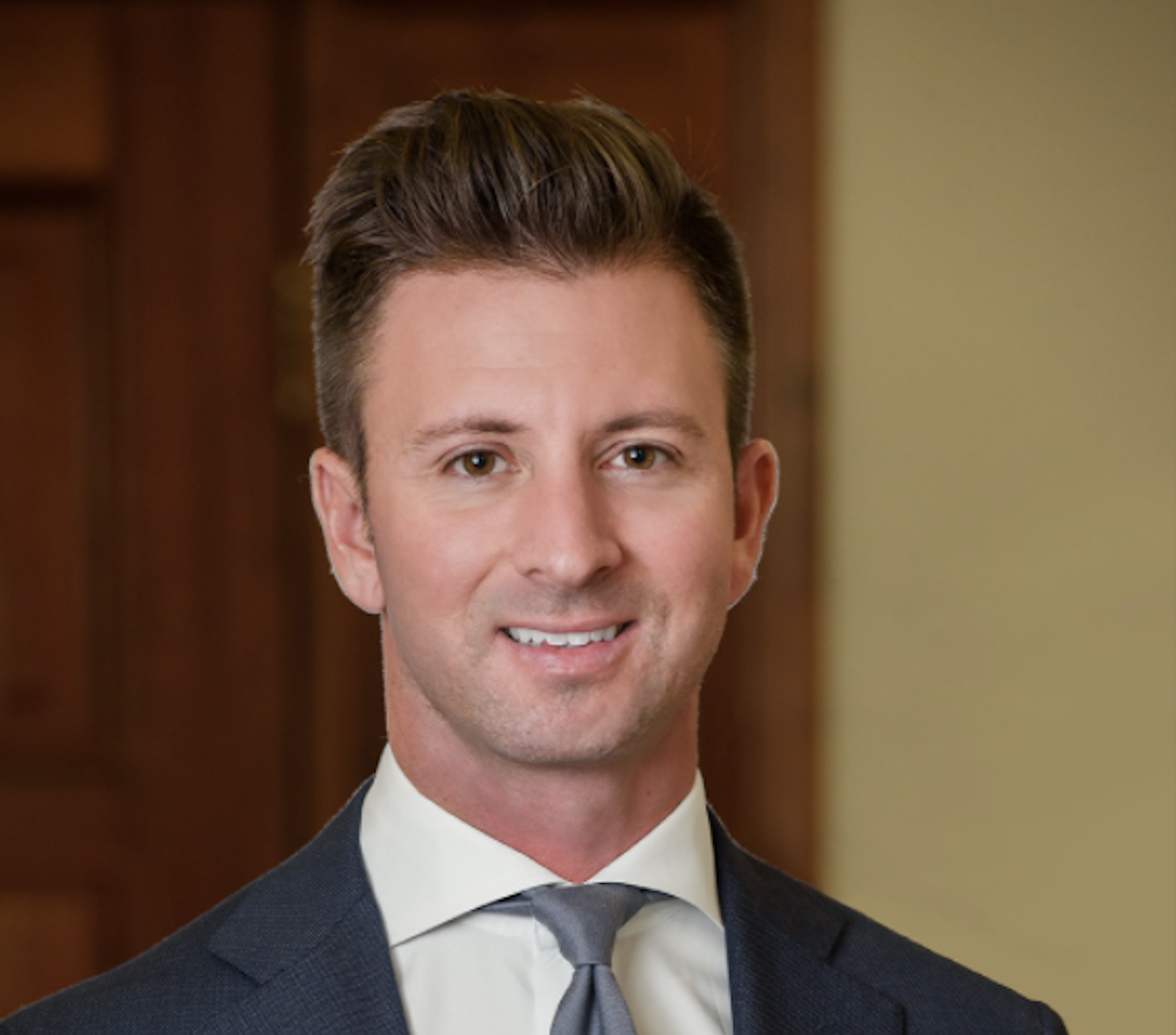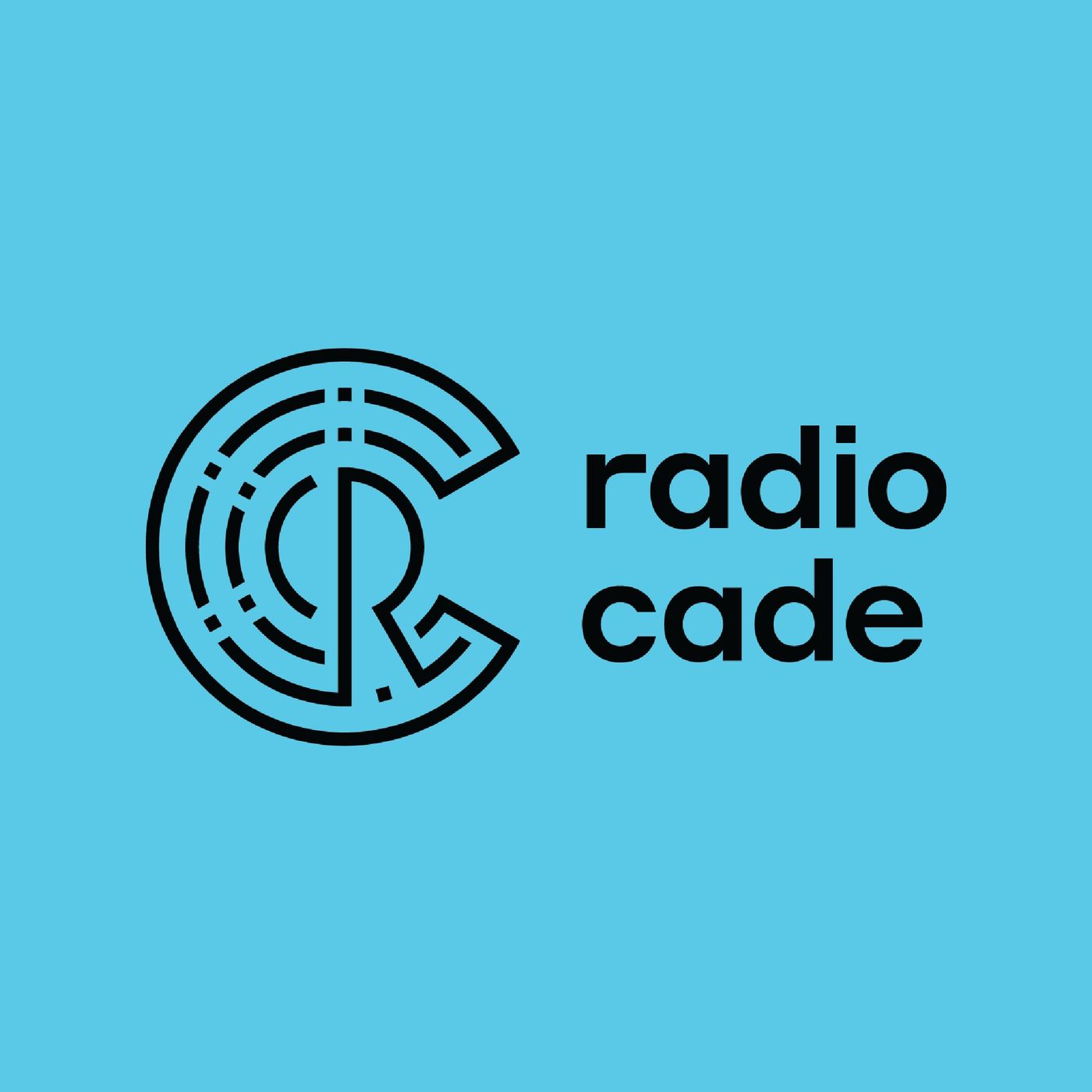Show Notes
Traumatic brain injury (TBI) is hard to detect, and is sometimes called the "invisible injury." Ron Hayes and Nancy Denslow, both scientists at the McKnight Brain Institute and the founders of Banyan Biomarkers, have developed a blood-based test that will make TBI detection and treatment easier and faster. One potential application is to detect brain injury in newborn infants. *This episode was originally released on April 1, 2020.*
TRANSCRIPT:
Intro: 0:01
Inventors and their inventions. Welcome to Radio Cade, the podcast from the Cade Museum for Creativity and Invention in Gainesville, Florida. The museum is named after James Robert Cade who invented Gatorade in 1965. My name is Richard Miles. We'll introduce you to inventors and the things that motivate them. We'll learn about their personal stories, how their inventions work, and how their ideas get from the laboratory to the marketplace.
Richard Miles: 0:41
This morning, we have Dr. Ron Hayes , one of the co-founders of Banyan Biomarkers with us. Welcome, Ron .
Ron Hayes: 0:46
Thank you.
Richard Miles: 0:47
So Ron , before we start talking about Banyan Biomarkers and what a biomarker is and what it does, tell us a little bit about yourself. Where were you from? Where'd you grow up and how did you decide to become a scientist?
Ron Hayes: 0:58
I grew up in Richmond, Virginia in the fifties at the time, it was a, quite a conservative time , uh , somewhat isolated, really a classic vision of the old Seth. My undergraduate major at the University of Richmond was classical languages. And , uh, then I did some graduate work in philosophy. So it's surprising sometimes to find myself , uh , here today. But if we want to elaborate at some point, I think it's been a benefit for me to have a liberal education.
Richard Miles: 1:30
Tell us a little bit about what you're like as a kid where you were very curious, sort of interested in everything. And when did you sort of know you wanted to gravitate towards a scientific field
Ron Hayes: 1:39
As a kid, I didn't know. I read voraciously wasn't , uh , much of a sports person. I, although I ultimately ended up playing competitive tennis later in life, but at that time I was really quite focused on reading
Richard Miles: 1:57
Really? Okay. Did you have a teacher that stood out or were either of your parents? So what did they do, were they scientist engineers, doctors?
Ron Hayes: 2:07
No, I was the first person in my family to go to college. They, they encouraged reading. Uh, they , uh, certainly liked to see me do it, but , uh, as I reflect, it was sort of a self-taught environment. And I read anything put in front of me.
Richard Miles: 2:25
Tell us a little bit now , uh, let's talk about biomarkers , uh, for folks who don't know what that means, what is a biomarker? How does it work?
Ron Hayes: 2:34
It's an indicator of , uh, the organic state of an individual or an animal that provides in a medical situation information on the health or the disease state of the person. And a biomarker can be a variety of different things. It could be information from the blood such as we use in, in, in our, or it could be an image of the body. It could be a recording of bodily activity, such as heart rate, but any of these things collectively are referred to as biomarkers and they're used to assist in the diagnosis of health and disease.
Richard Miles: 3:16
So in, in the case of Banyan Biomarkers, you've come up with the specific use here, dealing with traumatic brain injury, explain how the biomarker net instance works or indicates what you want it to indicate.
Ron Hayes: 3:30
I think the best analogy would probably be a heart attack. Okay. So all of us today, I think can understand if we have very severe chest pain and persistent chest pain, we'll go to an emergency room. And the first thing they'll do is draw blood and they'll look at the level of a protein in the blood called traponin, but it happens to be a protein that's in muscle cells of hearts. And if the muscle cells are injured or dying, of course, that protein escapes into the blood and if there's a lot of it, you know, you're having a heart attack. In many ways it's a similar process for the brain. If the brain is injured and brain cells, neurons are supportive, cells called golia are injured or dying they shed proteins that can show up in the blood. For a long time people didn't believe that was possible. There was a blood-brain barrier that whatever went on in the brain stayed in the brain, but every search helped discount that prejudice. So we measured those proteins in the brain. If they're elevated, you have some form of brain injury in this case, traumatic brain injury.
Richard Miles: 4:39
So is the real breakthrough here. The fact that we can do that now through blood, as opposed to, I guess, an MRI would be the next best way of diagnosing a traumatic brain injury. Is that correct?
Ron Hayes: 4:50
In essence, yes. I mean , it was , uh , a violation of orthodoxy that in some ways had prevented people from just doing it. And it's far cheaper, a blood test obviously is far cheaper than what's called a computerized tomographic scan or a CT scan or an even more expensive MRI. In fact, magnetic resonance imaging isn't used in clinical practice. It's primarily , uh , in acute clinical care, it's primarily a diagnostic tool reserved for neurodegeneration or elective processes. But if you show up at an ER, you'll get a CT scan, not an MRI.
Richard Miles: 5:29
So I'm guessing there's a , there's a whole range of applications out there in which you might have some sort of brain injury, but it would simply be too complicated, costly, complex to actually do a CT or MRI. Is that really a now the main advantage of , of being able to do it by blood?
Ron Hayes: 5:46
That's one important advantage is that you can triage or you can stage people and tell them whether or not they need to CT. And you really would like to avoid that if possible for a number of reasons,
Richard Miles: 6:00
Avoid the CT.
Ron Hayes: 6:00
Avoid the CT scan. Absolutely because they're of course expensive. They increased the time in the emergency rooms, which is always critical, but even more importantly, there's a lot of radiation exposure to CT scans. And you certainly don't want to do that unnecessarily.
Richard Miles: 6:20
Tell me a little bit about the formation of the company. So you, you and Nancy, and were others involved in the original invention?
Ron Hayes: 6:28
Uh , one other founder, Kevin Wang.
Richard Miles: 6:31
So after you hit upon the idea, or you figured out that you could do this, did you just get together and say, Hey, let's form a company and see if we can market this, or tell us a little bit about how that happened.
Ron Hayes: 6:41
Uh , those kinds of events are sort of like , uh , a marriage. You know, you never quite know what the precipitating moment was , uh, in a long chain that leads to , uh , that union. But I would say it was a perfect storm of time and place and people. And I had been asked by NIH to look at a technology related to biomarkers and got interested in it, talked to Nancy Denslow because she knew a lot more about protein chemistry than I did, and was also collaborating with Kevin Wang who had some interesting ideas about brain injury processes. So in that stew , the company was gridlocked. Yeah.
Richard Miles: 7:26
What year was that again Ron?
Ron Hayes: 7:27
We formed Banyan in 2002,
Richard Miles: 7:30
2002. Okay. And how's it doing now? Do you have big clients or who is buying the process?
Ron Hayes: 7:37
That's a very interesting story. And I think for young entrepreneurs, I would advise them to be nurtured by their naivety, because if they knew what they were doing from conception, they might've been less bold, but Banyan it take, which I didn't understand at the time, between about $150 to $200 million dollars to bring a biomarker through the FDA. And we were fortunate,
Richard Miles: 8:02
So let me stop you, $150 $200 million dollars?
Ron Hayes: 8:05
Yes. Well, and that's chump change compared to a therapy, which is multiple billions of dollars.
Richard Miles: 8:13
So for our listeners who aren't familiar with FDA approval process for drugs and pharmaceuticals and treatments, why does it take that long, and that much money?
Ron Hayes: 8:22
That's a subject of obvious controversy. And when I entered into the process, I entered into it with the same kind of concerns and skepticism that people often bring to the FDA process. That said having lived through it, a lot of the time is justified. And the process of diagnostics, if you want to generate data that influences potentially a life or death medical decision, you have to be absolutely certain of the technologies' performance and reliability in the case of medical devices that take some time.
Richard Miles: 9:00
I see. So it's not like a, a drug that you have to make sure is , uh , safe and won't hurt somebody. But the fact that these tests will be used to make those types of decisions. That's why the FDA steps in and says, we really need to make sure this works.
Ron Hayes: 9:14
In fact, the FDA , uh, has become, I think at least in my own experience, very responsive. The FDA offered and executed, an expedited review. So we got to review and feedback in six months on the basis of what they called their breakthrough technology. So that's really not a very long period of time.
Richard Miles: 9:35
Ron, you're experienced in this company , uh , you know, a start startup and it sounds like it's doing well, but as anyone who's done, a startup knows there are good days and there are bad days. Tell us about one of your best or best day. And tell us if you'd like to one of your worst or the worst day you've had in this experience.
Ron Hayes: 9:54
There's a term, an image I often invoke. I was a fighter pilot, and we often describe our missions as long periods of boredom, punctuated by terror or ecstasy as the moment may be. So terror. We were meeting a short there , the company was formed and we had secured some money. And we had a consulting CEO who advised us blandly that we were out of money and with no warning and no mea culpa.
Richard Miles: 10:27
So in the jet fighter, now your , your engine just shut down.
Ron Hayes: 10:31
Well, I was waiting to light the burners and blow some stuff up, but it was very, very disconcerting, very discouraging and we survived it.
Richard Miles: 10:40
How did you turn that around? You went, you had no money and what happened how'd you keep going?
Ron Hayes: 10:46
Well, we were very fortunate to get congressional support from the Florida delegations, actually, Congressman Bill Young, who's passed away in Tampa as well as Congressman Sterns who's no longer here. And we got some congressional support through the DOD, which ultimately morphed into sustained support because a department of defense really pioneered interest in this technology because of the Wars, unfortunately in Afghanistan.
Richard Miles: 11:14
I see because this is a , a much easier way to assess traumatic brain injury on the battlefield, I'd take it.
Ron Hayes: 11:20
Yes. And of course, having a CT scanner in a far forward medical, environment's extremely difficult. And you could say, get this person back for a CT scan or not. Got it.
Richard Miles: 11:31
So, Ron, tell us about some of the future applications of the Banyan biomarkers.
Ron Hayes: 11:37
Well, there are many applications I'll focus on one that is particularly close to my heart, and that is assessing in a diagnosis and the treatment of brain injury that occurs during birth.
Richard Miles: 11:51
Birth?
Ron Hayes: 11:52
During birth. This is the kind of injury that can result in cerebral palsy, where at birth, the blood flow to the baby and the brain is interrupted at a very critical period. So the brain is quite vulnerable. This can lead to minimally delayed development, and of course, death to that extreme my own son, aspirated meconium at birth, and he had an event. And of course, any parent can understand confronting that at birth. So by rapid diagnosis from even your umbilical cord blood, you can intervene quickly and appropriately. There is in fact, a treatment where you cool the baby's hypothermia, so you can quickly determine the baby's need, and whether they're a good candidate for the treatment and working closely with a very dedicated neonatologist at the University of Florida, Dr. Mike Weiss has done a marvelous job of leading this effort.
Richard Miles: 12:49
So absent of using the biomarkers, Ron , if I understand correctly, would the brain injury go undetected until later? Because are there no necessarily obvious signs of that event?
Ron Hayes: 13:01
There are signs, but it's not as rigorous and as definitive as a blood test. So the blood test would provide a very rapid and definitive test. It's just like a concussion
Richard Miles: 13:15
Right.
Ron Hayes: 13:15
A brain injury, the what's called a Glasgow coma scale is quite subjective. You want a hard number quickly.
Richard Miles: 13:21
Right. And so, and in a blood test, of course, the standard at right after the baby's born. So it would be something that would be picked up in all babies potentially right?
Ron Hayes: 13:29
Ultimately , uh , I would look at it as every parent wants to know, is my baby. Okay? And short of what's called the app guard test a very crude test. You don't know that. And of course you wouldn't know if the brain's okay. So this could be available to everyone once it's , uh, of course, FDA approved, it could be available.
Richard Miles: 13:48
That that is exciting. Um , Ron, if , if somebody , uh , uh , a young scientist or entrepreneur came to you and said, I've got this brilliant idea, and I'm going to form a company and I hit the big time, what would your advice be to that person?
Ron Hayes: 14:02
Don't do it for money. I think that's a huge mistake that people make, of course, very broadly in life, but most conspicuously in startups, people labor, I think under the illusions of IT, I'm going to make a what's up dude app and make a billion dollars and rockstar. In fact, I think it takes a good deal, more maturity, and a willingness to give up ego and a commitment to whatever you're doing. That's deeply rooted in your own sense of purpose.
Richard Miles: 14:39
Excellent words of advice. Uh , Ron, thank you very much for joining us this morning on Radio Cade.
Ron Hayes: 14:44
Thank you.
Outro: 14:48
Radio Cade would like to thank the people for their help and support Liz Gist of the Cade Museum for coordinating inventor interviews, Bob McPeak of Heartwood soundstage in downtown Gainesville, Florida for recording, editing and production of the podcast and music theme, Tracy Collins for the composition and performance of the Radio Cade theme song, featuring violinist, Jacob Lawson and special, thanks to the Cade Museum for Creativity and Invention located in Gainesville, Florida.





